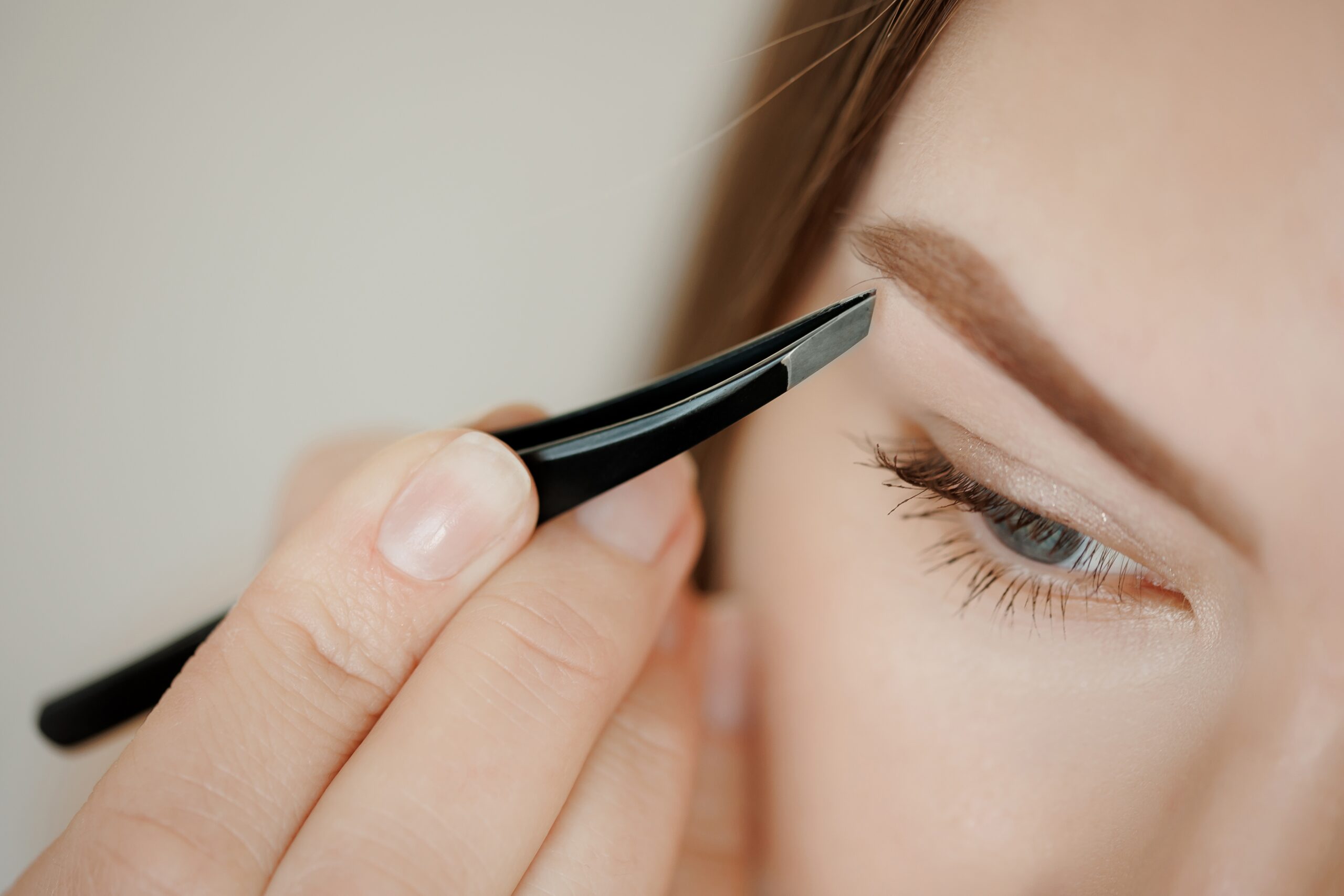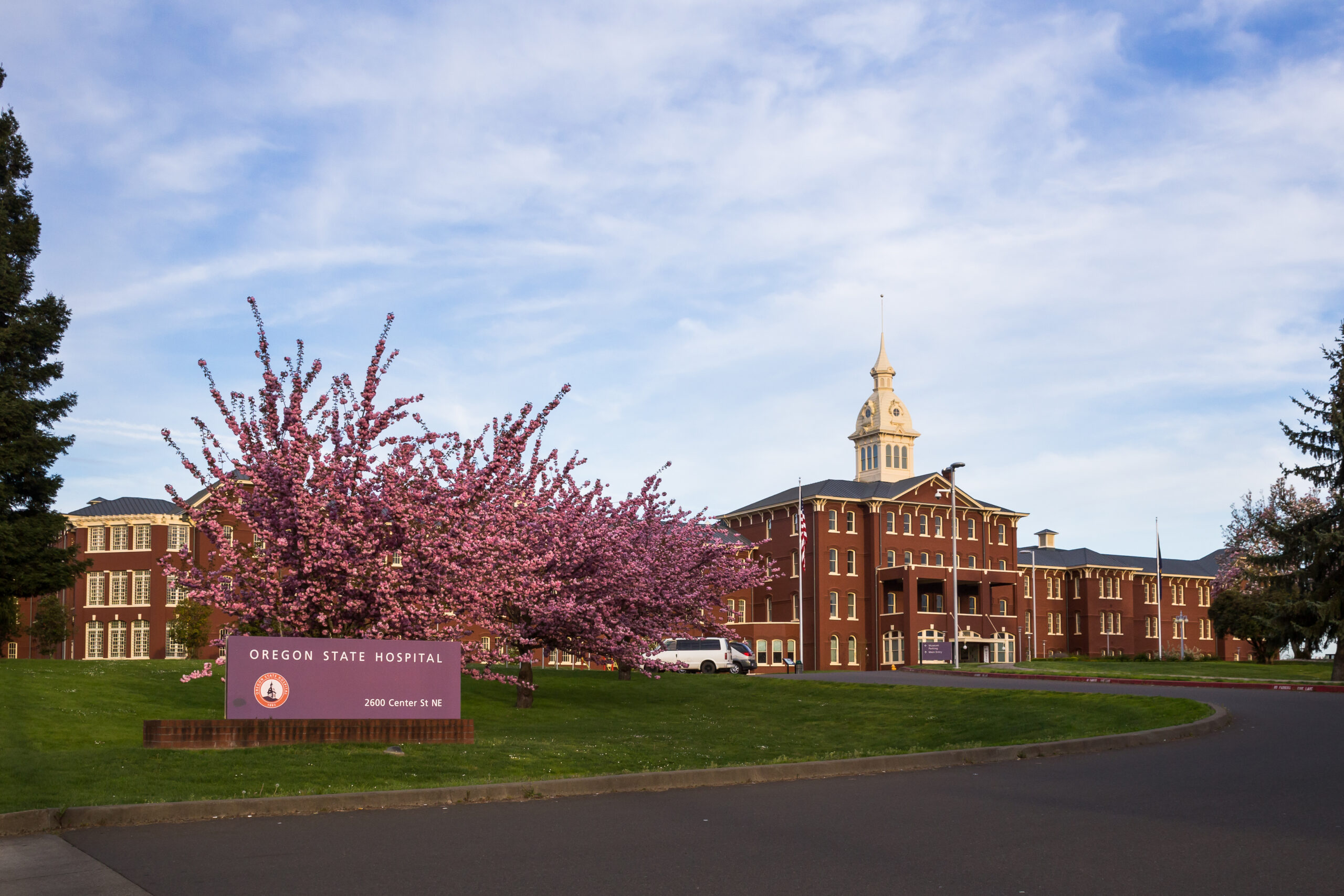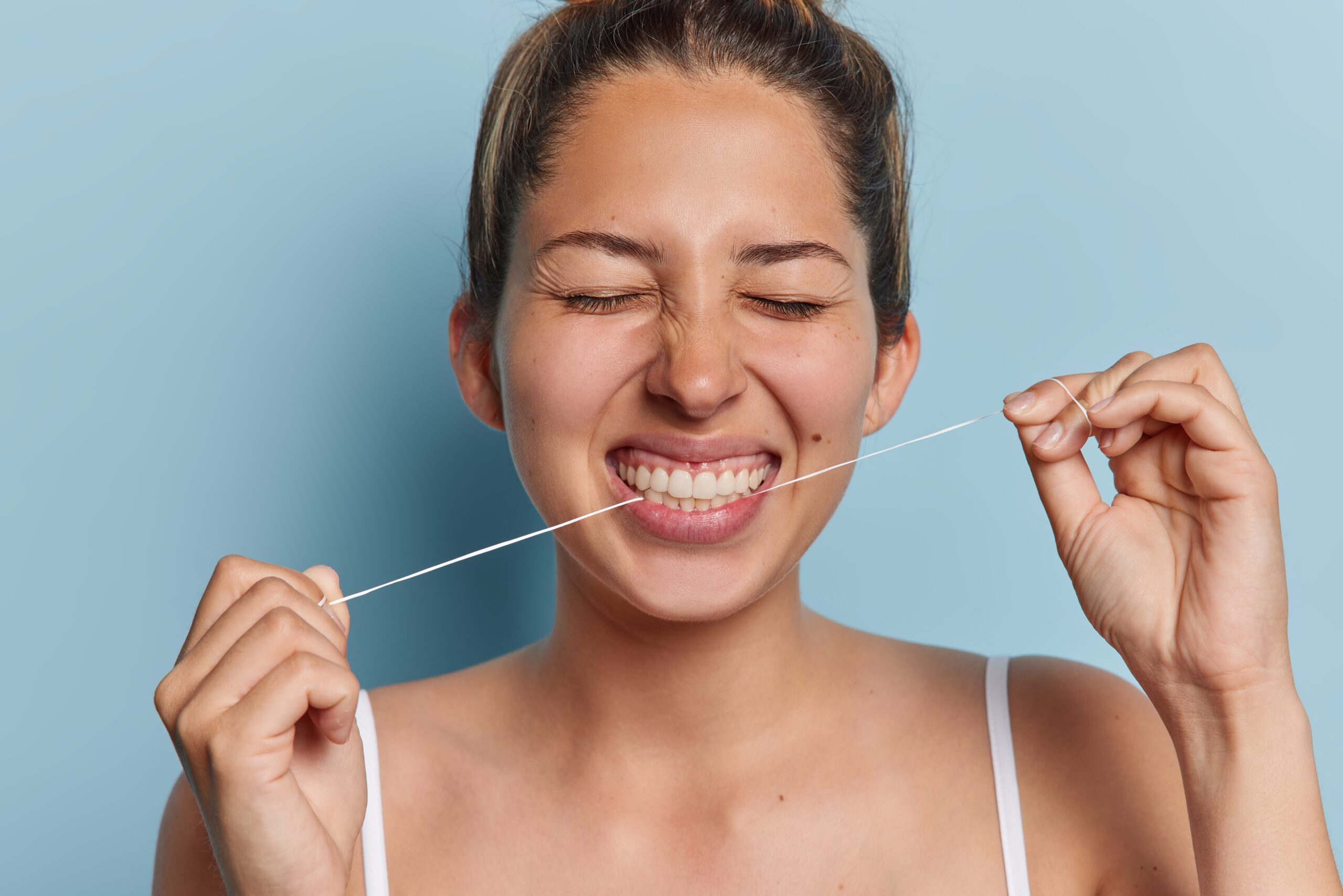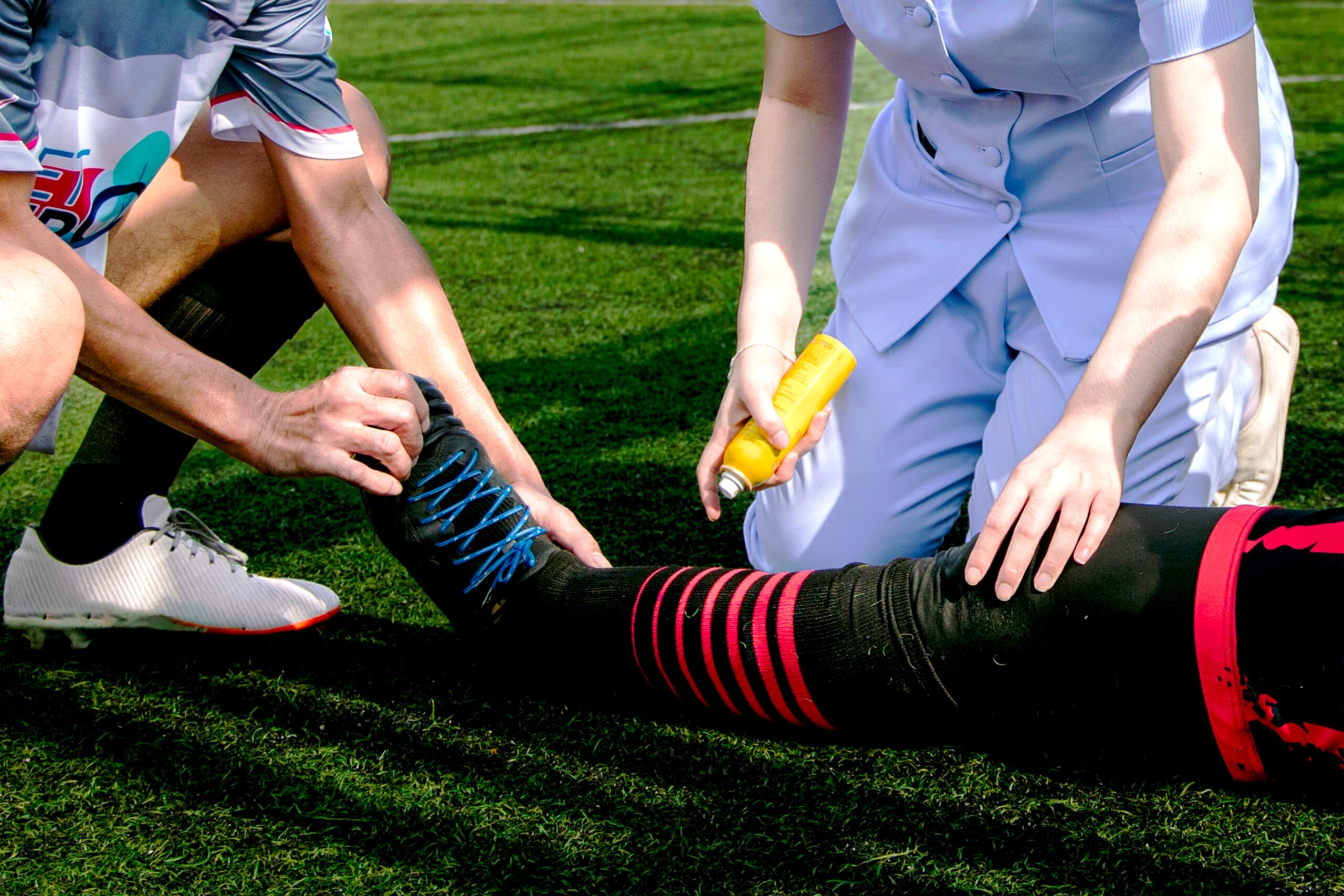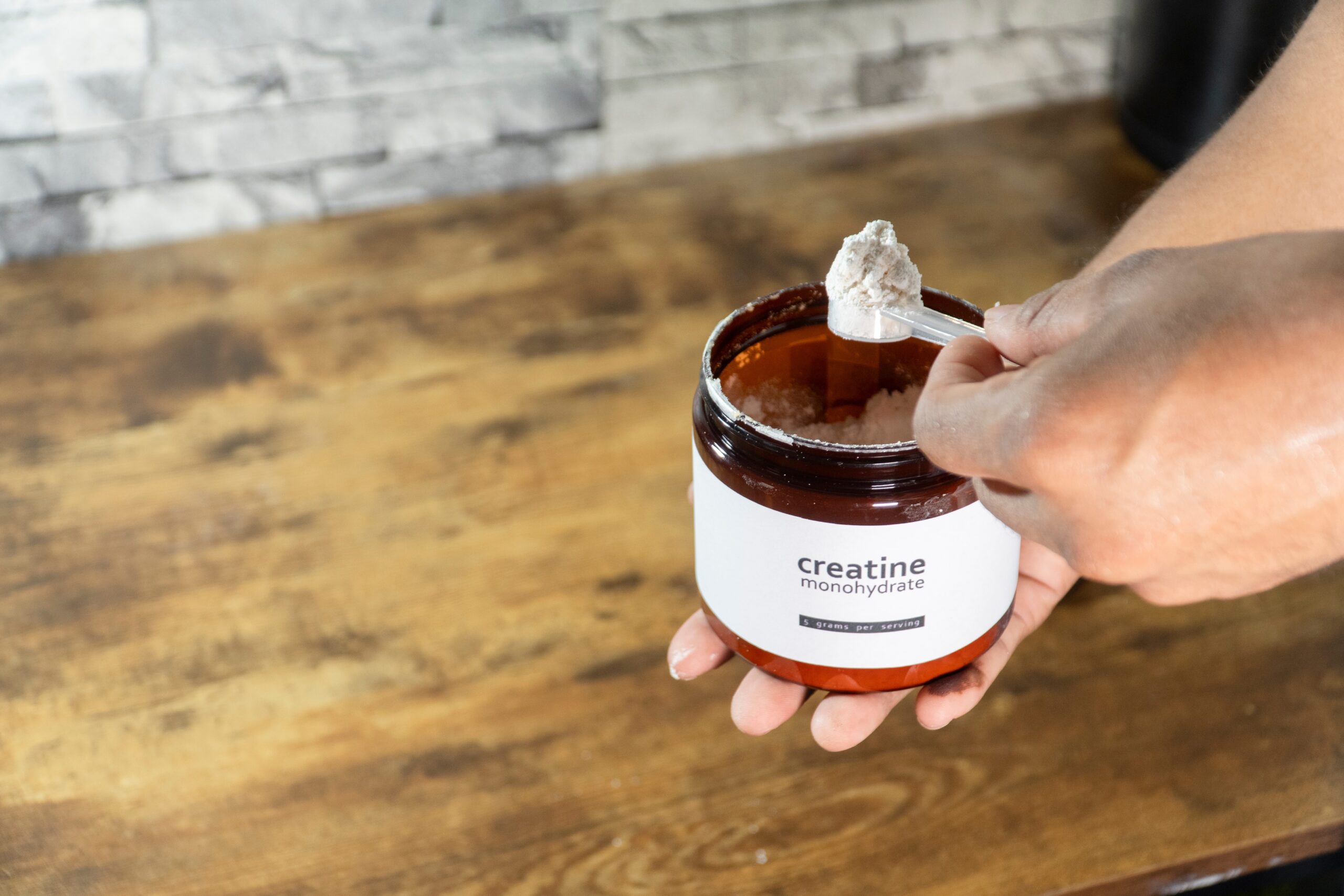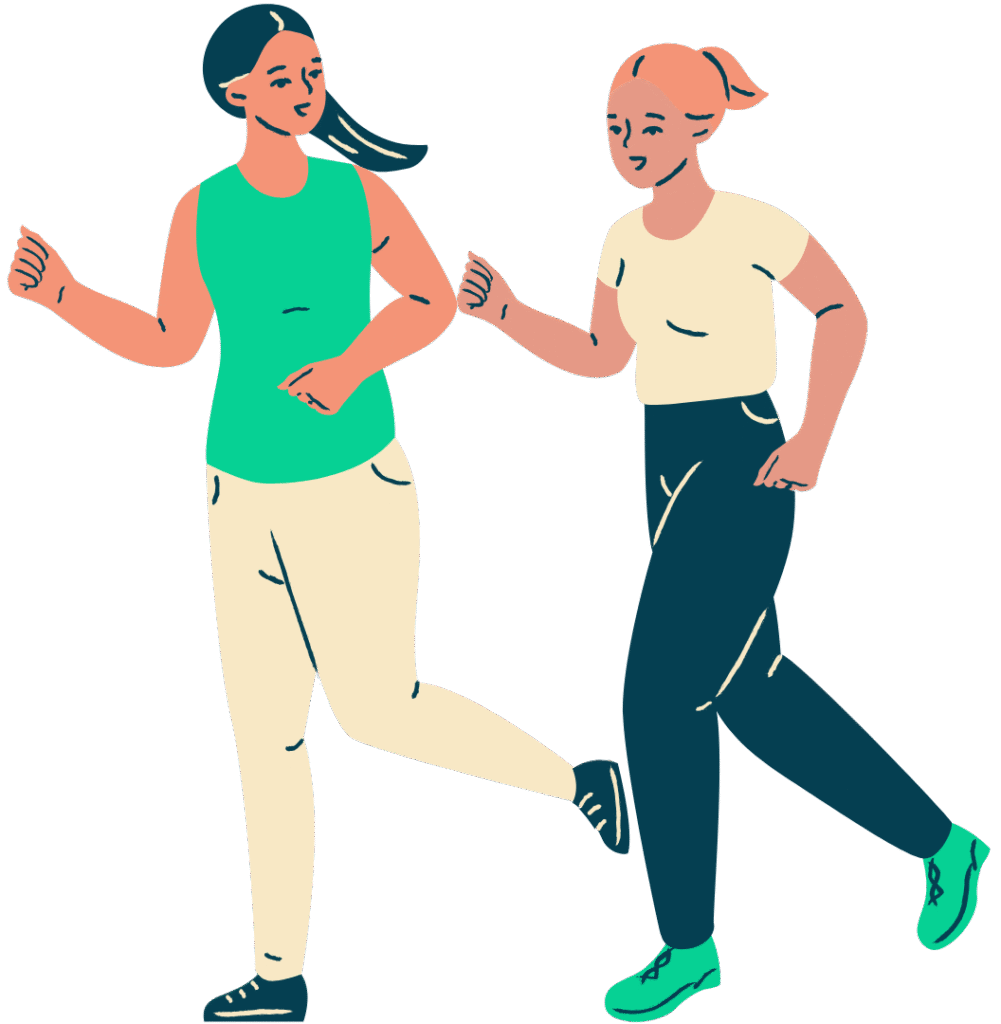Over-plucking your eyebrows—a habit born of past beauty trends—may be sabotaging your brow regrowth for years, but most adults don’t realize how deeply this mistake can impact both appearance and overall hair health until it’s too late.
Story Highlights
- Over-plucking remains the leading cause of slow or stunted eyebrow regrowth, especially for those who followed thin-brow trends in past decades.
- Nutritional deficiencies and underlying health conditions can further hinder eyebrow recovery, compounding the problem for older adults.
- Proper grooming, hygiene, and patience are essential for brow health, with expert consensus pushing for holistic care over quick fixes.
- The beauty industry is responding with a surge in expert-backed products and educational campaigns, fueling a booming market for brow care.
How Over-Plucking Became a Widespread Brow Mistake
The thin brow craze of the early 2000s led countless people to over-pluck their eyebrows, believing sparse arches were the height of style. As trends shifted during the 2010s toward fuller, natural brows, many found themselves struggling to reverse the damage—often discovering that regrowth was slow or incomplete. This shift not only highlighted the aesthetic consequences but brought the biological impact of grooming into sharper focus. Over-plucking disrupts the hair’s growth cycle, sometimes permanently damaging follicles and leading to long-term thinning. Expert trichologists and dermatologists now warn that repeated plucking can cause trauma, making regrowth a battle against biology, not just beauty standards.
The problem is particularly acute for adults who over-plucked in their youth and now, decades later, face the frustration of sparse brows that resist serums and home remedies. The beauty industry’s marketing of quick-fix solutions often overshadows the reality that patience and holistic care are the true paths to restoration. Social media influencers have played a role in amplifying both the problem and the hope, with expert-led campaigns urging consumers to rethink their grooming habits and focus on the health beneath the surface.
Nutritional and Medical Barriers to Brow Regrowth
Brow growth is not merely a cosmetic issue—it’s a biological process deeply influenced by nutrition and health. Experts agree that deficiencies in vitamin D, selenium, and zinc can slow hair regrowth, while underlying medical conditions such as thyroid disorders and hormonal imbalances may cause or exacerbate brow thinning. Trichologists recommend dietary adjustments and seeking medical advice for unexplained brow loss, challenging the notion that external treatments alone can fix the problem. Dermatologists stress the importance of ruling out health issues before investing in cosmetic solutions, noting that the hair growth cycle can be thrown off by factors invisible to the naked eye.
Consumers over 40 are especially vulnerable, as age-related changes compound the effects of past grooming mistakes. For some, regrowth may never fully recover without addressing internal health, making expert guidance crucial. Brow serums now feature ingredients like keratin, peptides, and soy protein, but professionals caution that these products work best as part of a broader regimen—one that includes nutrition, medical care, and gentle grooming.
The Modern Movement: From Brow Regrowth Products to Preventive Care
Beauty brands have responded to the regrowth challenge with a flood of new products, each promising thicker, healthier brows. The market for brow care has grown exponentially, driven by consumer demand and a renewed emphasis on natural features. However, industry experts warn that no serum or tool can outpace the need for proper grooming habits and patience. The most credible voices in the field now advocate for preventive care, urging consumers to avoid over-plucking and to maintain tool hygiene as a foundational step.
Educational efforts are ramping up, with trichologists and dermatologists offering workshops, online resources, and personalized consultations. These campaigns emphasize a holistic approach: understand your own hair growth cycle, address health and nutrition, and consult professionals before making drastic changes. The public’s growing awareness is shaping new trends—full, healthy brows are in, but the focus is shifting from “look” to “longevity.” Those who heed expert advice may find that regrowth, while slow, is possible with a commitment to comprehensive care.
Sources:
How to grow eyebrows: Tweezing tips
The mystery of eyebrow growth: Causes and solutions

